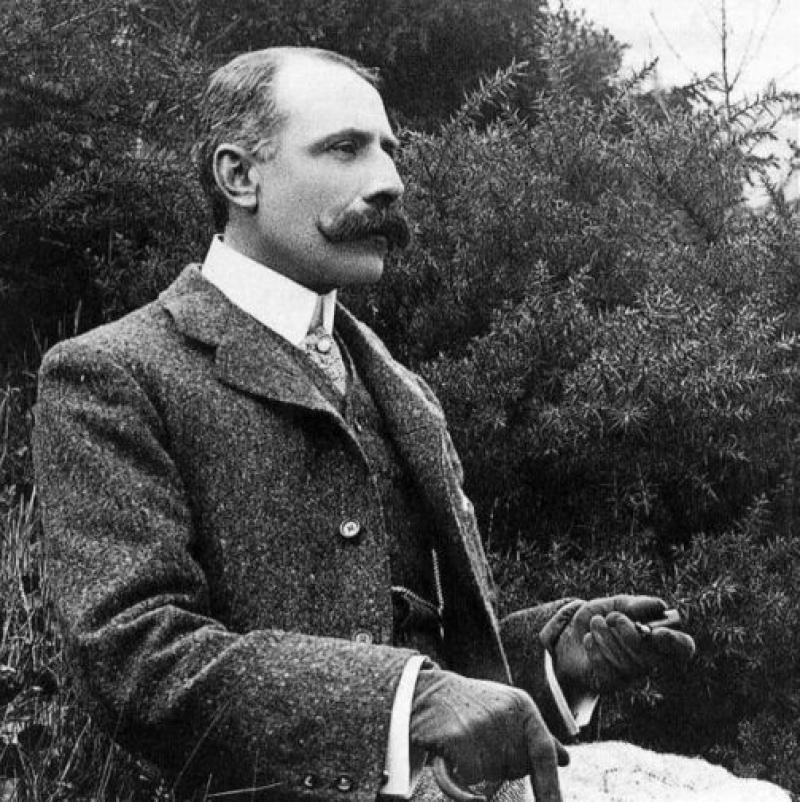


Where is the real Elgar to be found – in his boisterous self-portrait at the end of the Enigma Variations, the warm, feminine sentiment of the Violin Concerto and the First Symphony’s Adagio, or the nightmares of the Second Symphony? No doubt in each of them, and more. John Bridcut’s painfully sensitive documentary hones in on the private, introspective Elgar, the dark knight of "ghosts and shadows", always with the music to the fore.
Where is the real Elgar to be found – in his boisterous self-portrait at the end of the Enigma Variations, the warm, feminine sentiment of the Violin Concerto and the First Symphony’s Adagio, or the nightmares of the Second Symphony? No doubt in each of them, and more. John Bridcut’s painfully sensitive documentary hones in on the private, introspective Elgar, the dark knight of "ghosts and shadows", always with the music to the fore. And by getting the good and great, young and old of the musical world not just to talk but to react to the works as they hear them, he may have broken new ground.
Links
[1] https://theartsdesk.com/users/david-nice
[2] https://www.addtoany.com/share_save
[3] https://theartsdesk.com/print/2564?page=0,1
[4] http://www.amazon.co.uk/Elgar-Classic-Lifelines-David-Nice/dp/1857939778/ref=sr_1_fkmr2_1
[5] https://theartsdesk.com/node/80276/view
[6] https://theartsdesk.com/classical-music
[7] https://theartsdesk.com/tv
[8] https://theartsdesk.com/topics/reviews
[9] https://theartsdesk.com/topics/elgar
[10] https://theartsdesk.com/topics/conductors
[11] https://theartsdesk.com/topics/edwardian